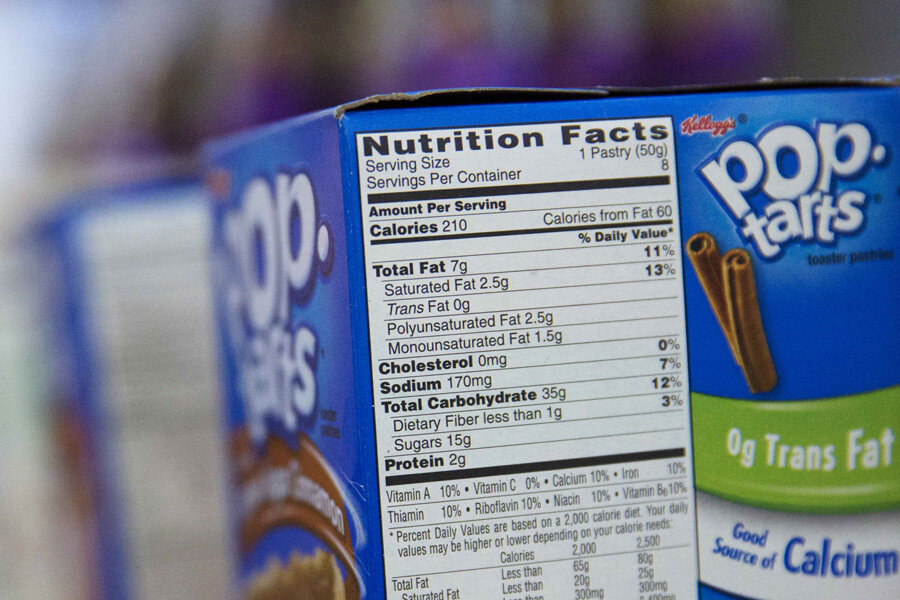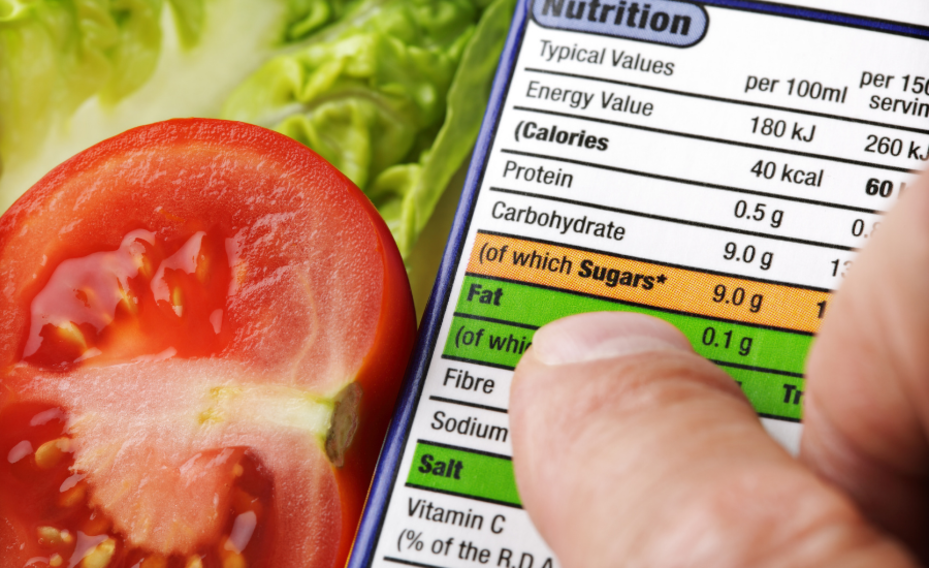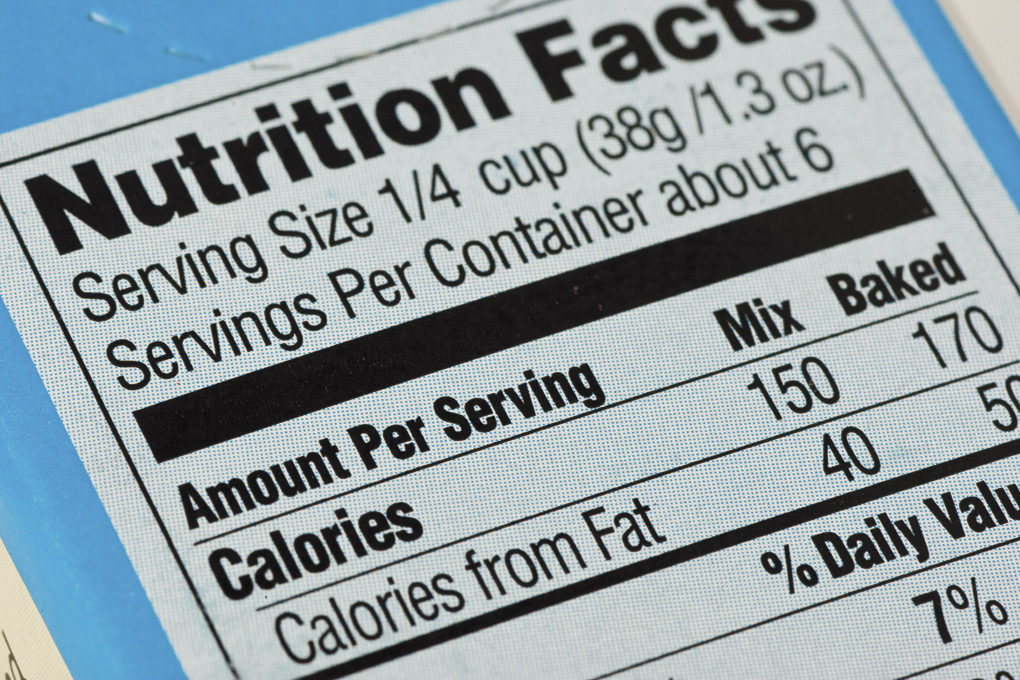Food labels are your roadmap to making informed dietary choices, yet many consumers find them confusing or overwhelming. In today’s world of processed foods and complex nutritional information, understanding what’s printed on packaging has become more crucial than ever for maintaining a healthy lifestyle.
The modern food label contains a wealth of information designed to help consumers make educated decisions about their purchases. From calorie counts and nutrient breakdowns to allergen warnings and storage instructions, these labels serve as a comprehensive guide to what you’re putting into your body.
However, the sheer amount of information can be daunting, and food manufacturers sometimes use marketing tactics that can mislead even the most health-conscious shoppers. Learning to read food labels effectively empowers you to compare products, identify hidden ingredients, manage portion sizes, and align your food choices with your health goals.
This skill becomes particularly valuable when it comes to dietary restrictions, managing chronic conditions like diabetes or heart disease, or simply trying to maintain a balanced diet in a world full of processed options. The time invested in understanding these labels pays dividends in better health outcomes, more informed purchasing decisions, and greater confidence in your food choices.
Essential Components of Food Labels

Serving Size and Servings Per Container
The serving size is the foundation of all nutritional information on a food label and represents the amount people typically consume in one sitting. This standardized measurement allows for easy comparison between similar products and helps you understand exactly how much of each nutrient you’re consuming. The serving size appears in familiar units like cups, pieces, or slices, followed by the metric equivalent in grams or milliliters.
Pay close attention to the number of servings per container, as this information directly impacts your nutritional intake calculations. If a package contains two servings but you consume the entire package, you must double all the nutritional values listed on the label. This is particularly important for items that might appear to be single servings but actually contain multiple portions, such as large muffins, bottles of juice, or bags of chips.
Calorie Information
Calories represent the amount of energy your body derives from a serving of food. The label displays both calories per serving and sometimes calories from fat, though the latter has become less common in recent labeling updates. Understanding calorie content helps you manage your daily energy intake and make informed decisions about portion sizes.
When evaluating calorie content, consider your individual needs based on age, gender, activity level, and health goals. The general guideline suggests that 40 calories per serving is considered low, 100 calories is moderate, and 400 or more calories per serving is high.
Macronutrients: The Big Three
Fat Content includes total fat, saturated fat, and trans fat. Not all fats are created equal – while your body needs some fat for proper function, certain types should be limited. Focus on the saturated and trans fat content rather than total fat, as these are the types most associated with health risks. Foods with more than 17.5g of fat per 100g are considered high in fat, while those with 3g or less per 100g are considered low.
Carbohydrates encompass total carbohydrates, dietary fiber, and sugars (both natural and added). The total carbohydrate number includes all types of carbs, including beneficial fiber. Pay special attention to added sugars, which provide calories without essential nutrients. Foods containing more than 22.5g of total sugars per 100g are considered high in sugar.
Protein content indicates how much of this essential macronutrient the food provides. Protein is crucial for muscle maintenance, immune function, and health, making it an important consideration in your daily nutrition planning.
Critical Nutrients to Monitor

Nutrients to Limit
Sodium intake should be monitored carefully, as excessive consumption is linked to high blood pressure and cardiovascular disease. Foods containing more than 1.5g of salt per 100g (or 0.6g sodium) are considered high in salt, while those with 0.3g of salt or less per 100g are considered low. Many processed foods contain surprisingly high amounts of sodium, making label reading essential for those managing their salt intake.
Added Sugars appear separately from naturally occurring sugars on modern labels. These added sweeteners contribute calories without providing essential nutrients and can lead to weight gain and dental problems when consumed in excess. The “includes” notation before added sugars indicates that these are part of the total sugar content.
Saturated and Trans Fats should be limited in a healthy diet. While some saturated fat is acceptable, trans fats should be avoided entirely. Even if a label claims “0g trans fat,” check the ingredient list for “partially hydrogenated oils,” which indicates the presence of small amounts of trans fat.
Nutrients to Embrace
Dietary Fiber supports digestive health, helps regulate blood sugar levels, and can aid in weight management. Most Americans don’t consume enough fiber, making it a nutrient to actively seek out. High-fiber foods can help you feel full longer and support digestive health.
Essential Vitamins and Minerals, like Vitamin D, calcium, iron, and potassium, are often lacking in typical American diets. These nutrients support bone health, prevent anemia, and help regulate blood pressure. Look for foods that provide significant amounts of these nutrients to help meet your daily requirements.
Decoding the Percent Daily Value (%DV)
The Percent Daily Value (%DV) shows how much a nutrient in one serving contributes to your total daily diet, based on a 2,000-calorie diet. This percentage helps you quickly assess whether a food is high or low in specific nutrients. As a general rule, 5% DV or less is considered low, while 20% DV or more is considered high.
Use %DV to compare similar products and make informed choices. For nutrients you want to limit (like sodium or saturated fat), choose foods with a lower %DV. For beneficial nutrients (like fiber or calcium), opt for foods with a higher %DV.
Front-of-Package Labeling Systems

Traffic Light System
Many manufacturers now use color-coded systems on the front of packages to provide quick nutritional guidance. This system uses red, amber, and green colors to indicate high, medium, and low levels of key nutrients:
-
Green indicates low levels and represents the healthiest choice.
-
Amber represents medium levels and can be consumed regularly in moderation.
-
Red signals high levels of nutrients that should be limited
Foods with mostly green coding are generally healthier choices, while those with red coding should be consumed sparingly.
Reference Intake Information
Front-of-pack labels often include reference intake information, showing how much of your daily recommended intake one serving provides. This information helps you understand how the food fits into your daily nutrition plan.
Special Considerations and Common Pitfalls
Allergen Information
Food labels must clearly identify common allergens, including milk, eggs, fish, shellfish, tree nuts, peanuts, wheat, and soybeans. This information is crucial for individuals with food allergies or intolerances and typically appears in a separate section or is highlighted within the ingredient list.
Marketing Claims vs. Reality
Be wary of front-of-package marketing claims like “natural,” “healthy,” or “low-fat,” as these terms can be misleading. Always check the actual nutritional information rather than relying solely on marketing language. A product labeled “low-fat” might be high in sugar or sodium to compensate for flavor.
Ingredient List Insights
Ingredients are listed in descending order by weight, with the heaviest ingredient first. This information helps you understand what makes up the majority of the product. If sugar appears among the first few ingredients, the product is likely high in added sugars, regardless of health claims on the package.

